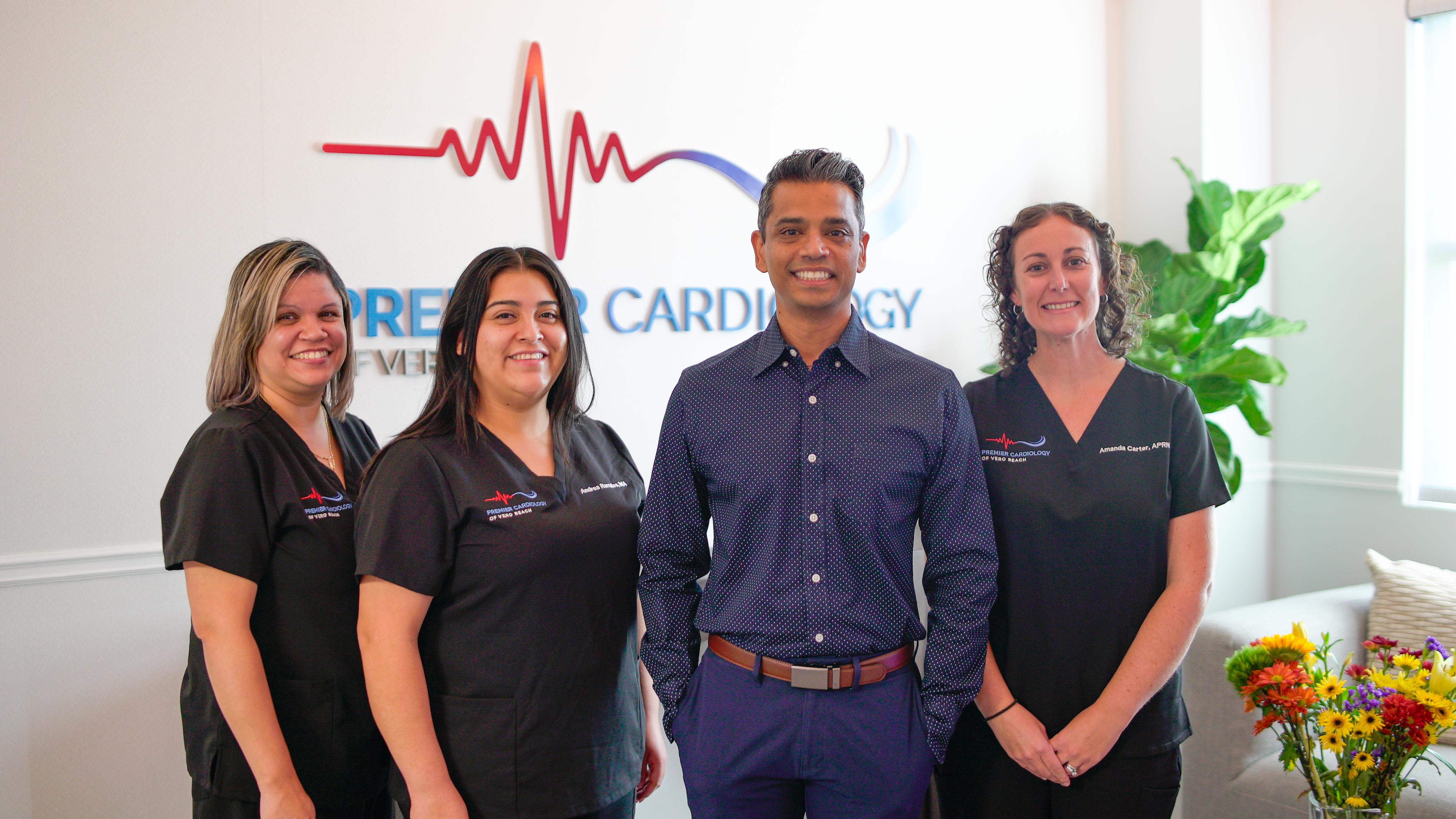
Coronary artery disease (CAD) is a leading cause of death globally, affecting millions of people each year. However, advancements in medical technology and research are paving the way for revolutionary treatments that offer hope to patients with CAD. This article explores the current landscape of CAD treatment and the promising developments that are revolutionizing the management of this chronic condition.
The Current State of Coronary Artery Disease Treatment
Conventional Treatments
- Medications: The current standard of care for CAD includes medications such as statins, aspirin, and beta-blockers to manage symptoms and reduce the risk of complications.
- Lifestyle Changes: Lifestyle modifications, including diet, exercise, and smoking cessation, play a crucial role in managing CAD and improving overall heart health.
- Invasive Procedures: In cases where medication and lifestyle changes are not sufficient, invasive procedures such as angioplasty and stenting or coronary artery bypass surgery may be recommended.
Revolutionary Developments in CAD Treatment
Gene Therapy
Gene therapy, a cutting-edge approach that involves modifying a patient's genes to treat or prevent disease, shows great promise in the treatment of CAD. By targeting specific genes that play a role in the development of atherosclerosis, gene therapy has the potential to slow disease progression and reduce the risk of heart attacks.
Nanotechnology
Nanotechnology is revolutionizing the field of CAD treatment by providing targeted drug delivery systems and imaging techniques that allow for more precise and effective treatment. Nanoparticles can be designed to deliver medications directly to the site of arterial plaques, reducing side effects and improving outcomes for patients with CAD.
Regenerative Medicine
Regenerative medicine offers a novel approach to treating CAD by harnessing the body's own regenerative capabilities to repair damaged heart tissue. Stem cell therapy, in particular, shows promise in stimulating the growth of new blood vessels and improving heart function in patients with CAD.
The Future of CAD Treatment
Precision Medicine
Precision medicine, which involves tailoring medical treatment to the individual characteristics of each patient, is poised to revolutionize CAD treatment. By analyzing a patient's genetic makeup, lifestyle factors, and environmental influences, healthcare providers can develop personalized treatment plans that are more effective and less likely to cause adverse reactions.
Artificial Intelligence
Artificial intelligence (AI) is playing an increasingly important role in the diagnosis and treatment of CAD. Machine learning algorithms can analyze complex medical data and images to identify patterns and predict patient outcomes, helping healthcare providers make more informed decisions about treatment options for patients with CAD.
Bioengineering
Advancements in bioengineering are leading to the development of innovative therapies for CAD, such as tissue-engineered blood vessels and heart patches. These bioengineered solutions have the potential to restore proper blood flow to the heart and improve cardiac function in patients with CAD, offering new hope for those who may not benefit from traditional treatments.
Conclusion
Revolutionary advancements in medical technology and research are transforming the landscape of CAD treatment, offering new hope to patients with this chronic condition. From gene therapy to regenerative medicine to precision medicine, the future of CAD treatment is promising, with the potential to improve outcomes and quality of life for millions of people worldwide.

Leave a Reply
You must be logged in to post a comment.